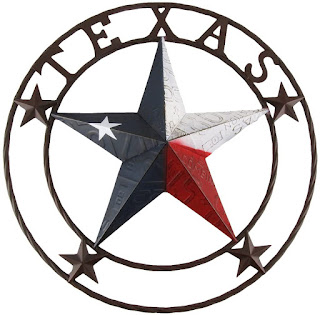
THERMAL IMAGING The initial test flight of the thermal drone shows images from the three main modes: White Hot Black Hot Rainbow This is an image of a field at night right after the sun went down. So much heat is radiating from the ground it is hard to discern the cattle walking about upon it. This is why this type of thermal isn't best for location operations. These are Black Hot Thermal images. The cattle stand out really well in this image. So does my truck. This is why Black hot is one of the primary search and rescue thermal settings. White Hot is the other primary search and rescue thermal setting. Again, you can clearly see the imagery. And these are from a small thermal camera. During day light hours it is twice as defined because both of the drones cameras work in concert to blend the imagery into a vivid photo. So, the colored thermal images are best used to pinpoint large heat signatures or heat signatures that are not surrounded by massive heat sources causing inter
